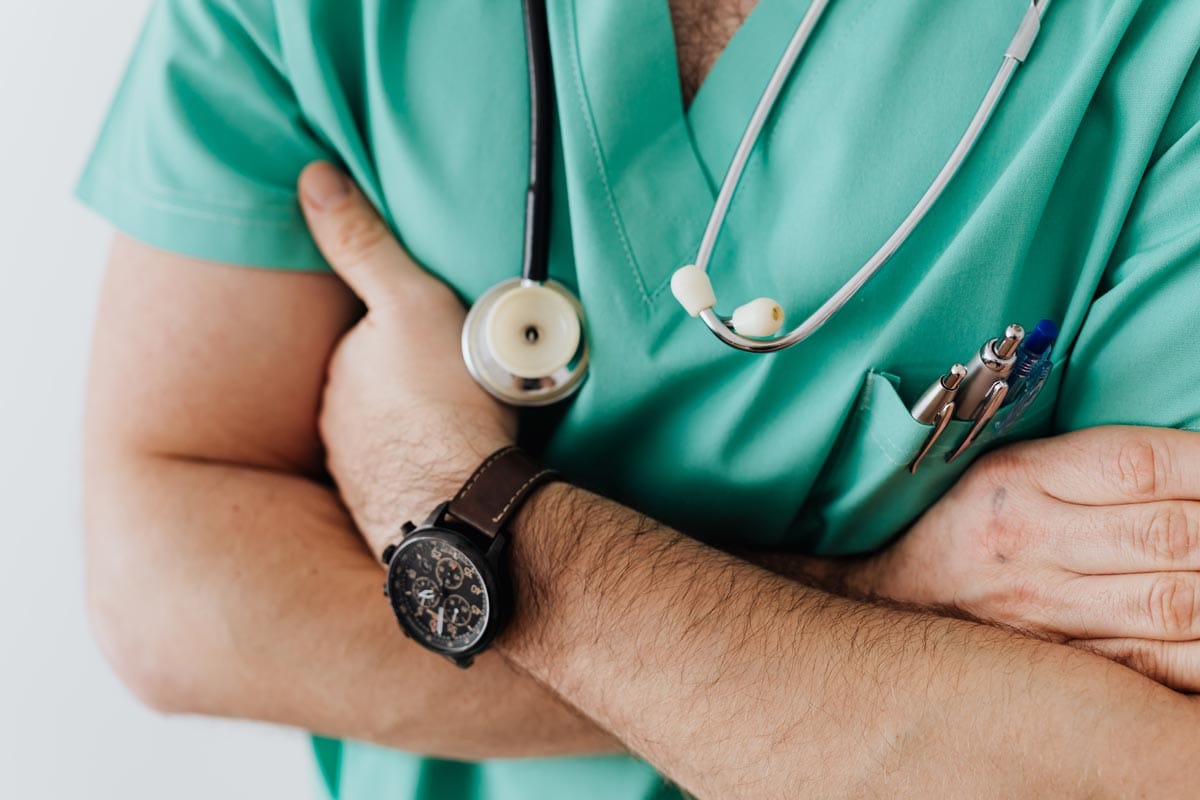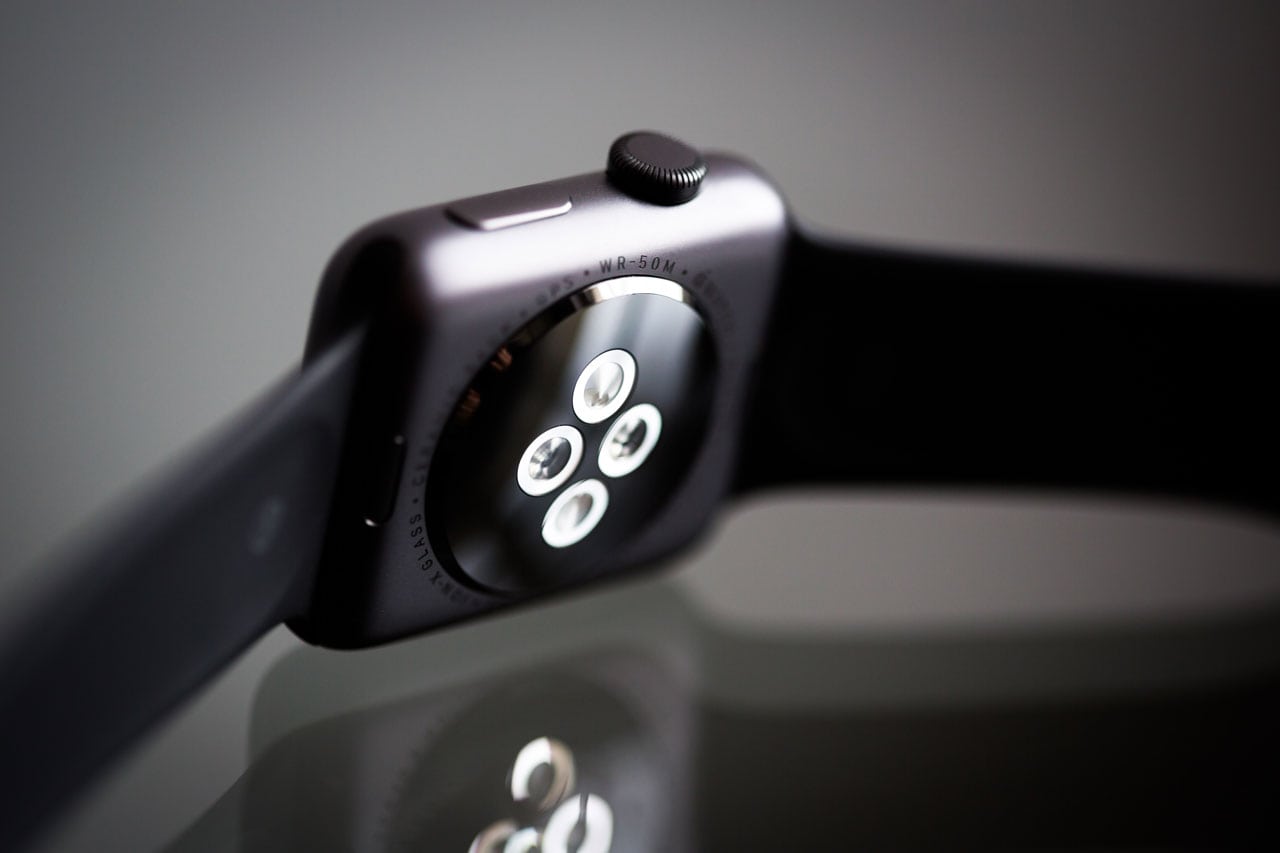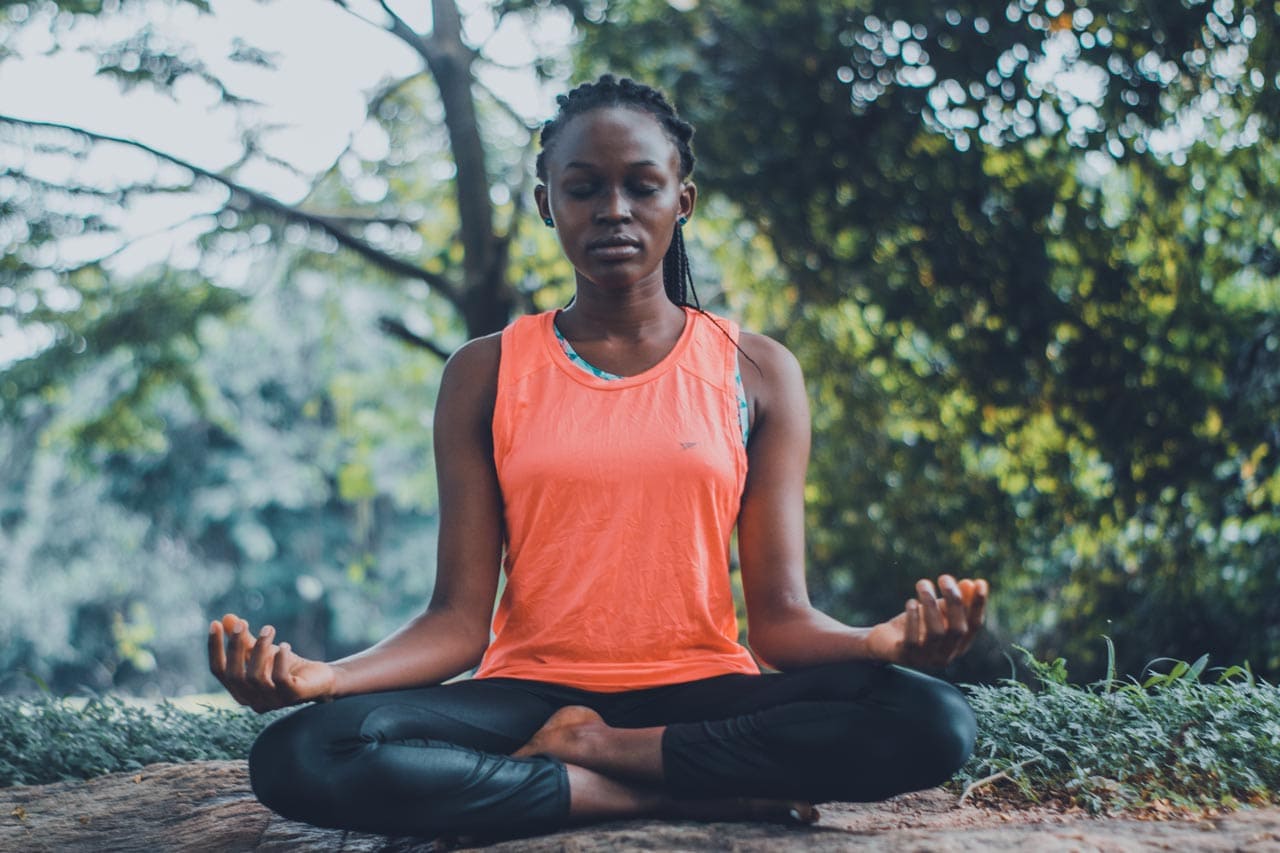A recent paper published in the premier medical journal The Lancet1 underscored again just how poorly low back pain is understood. In their paper Opioid analgesia for acute low back pain and neck pain (the OPAL trial) Jones and her Australian co-workers performed a triple-blinded, placebo-controlled trial to see if opioid pain medicine helps with back pain. They found that opioids were no better than placebo.
This is a shocking finding, because currently two thirds of patients with low back pain in Australia are initially treated with an opioid. In the USA things are only slightly better, with almost half of back pain patients receiving opioids.
Two questions immediately arise: First, how is it that most back pain is treated in a way that is not only ineffectual but puts patients at risk for drug addiction? And secondly, what is back pain if it doesn’t respond to pain medicine?
The first question is by far the simpler. Doctors, like patients, seem to have assumed that all pain is the same. And, because opioids are effective for pain due to inflammation (appendicitis, say) or tissue damage (postoperative pain, say, or pain due to fractures) it seemed “obvious” that opioids would at least decrease low back pain. This practice has persisted despite emerging evidence that it is ineffectual in part because some patients expect, even demand, opioids for “pain”, but also because doctors are disinclined to change their approach to problems that they learned in medical school or residency.
The second, deeper, question of what even is back pain if it doesn’t respond to pain medicine? The short answer is that that back pain simply isn’t the same phenomenon as post operative pain or the pain of a broken bone. But what then? Because low back pain can be triggered by trivial insults it seems clear that it is not a physical injury. And the suddenness with which low back pain can come on, as well as it’s resistance to anti-inflammatory drugs, makes inflammation an unlikely cause.
So, it’s clear what isn’t causing back pain. But what is?
Western medicine frankly admits that it simply doesn’t know. Or, as The Lancet put it: “For nearly all people presenting with low back pain, the specific nociceptive source cannot be identified.” 2 This is especially troubling, because not only does low back pain eventually affect most Americans, but it is increasingly understood to be a lifelong condition, marked by pain that waxes and wanes, always threatening a debilitating return.
The confusion surrounding back pain’s origin and treatment is largely due to its enigmatic, ephemeral, nature. Medical research struggles with such problems. Because most back pain is self-limited. That is, regardless of what treatment a patient receives, an acute episode of low back pain usually resolves in a week or ten days, and this makes it difficult to tell if any treatment actually shortens the course of acute back pain. Even worse, because back pain is increasingly understood to be a lifelong condition, ensuring that back pain won’t recure requires that patients be enrolled and followed in a multiyear study, among the most complicated and expensive study designs used in epidemiology. So, it’s unlikely that such a study will be done soon, if ever.
Despite the uncertainties surrounding low back pain, millions of Americans continue to suffer, and so treatments that are not helpful (e.g., bedrest), and may even be harmful (opioids), continue to be prescribed. Better treatments will require a deeper understanding of the root cause of low back pain. In the meantime, we’re left with an unsolved problem often treated inappropriately.
But it’s not all bleak. As an old proverb has it: “The best doctors treat their patients before they become ill.” And this root idea has blossomed into the science of epidemiology. Can anything be done to prevent back pain? What would “spinal prophylaxis” look like?
To fix ideas, prophylaxis is well understood in dentistry: healthy teeth and gums require little maintenance, so “best practices” in dentistry consist of, well, avoiding “dentistry” (fillings, root canals, crowns, etc.) altogether: brushing, flossing, fluoride, regular checkups and you may never have a cavity.
What sort of prophylaxis can we provide our spines? Avoiding prolonged, extreme, postures is likely important; sitting hunched in front of a computer monitor 8 hours a day clearly goes in the “spinal abuse” column. And most automobile seats are designed to shoehorn people into a small volume while keeping them safe in the event of a crash. Spinal balance and posture take a backseat.
On the positive side of this “spinal prophylaxis” ledger is anything that keeps the spine flexible, strong, and balanced. Note that strength training is only a part of the solution; having a spine that functions in a coordinated, coherent way is also crucial. Because back pain is so common, any number of systems that strive for strength and flexibility have been developed over the years, and each have their advocates. Stuart McGill has written an entire textbook (Low Back Disorders, now in its third edition), and there are many other exercise-based systems; the Egoscue Method and the McKenzie Method among them.
There are also approaches that seek to optimize how one moves, such as Feldenkrais and Alexander Technique, as well as Tai Chi and other movement traditions. In the course of discovering optimal movement patterns muscles critical to posture will naturally be strengthened.
Perhaps most importantly, one doesn’t have to wait for a problem to develop. As Benjamin Franklin observed over 200 years ago “an ounce of prevention is worth a pound of cure”. We believe that helping kids develop good postural hygiene will pay a lifetime of benefits, and we’re strong advocates for better seating for kids in school. This is what inspired us to develop the ButtOn Chair for kids.
And it’s never too late: we’re also proponents of any life hack that will improve posture and core strength. Any activity that improves back strength and flexibility and promotes coordinated movement is likely to be a valuable part of “back prophylaxis”. Activities that fit seamlessly into one’s life and pleasures (tango anyone?) have the added advantage of seeming to be effortless. Finally, because we all sit so much, switching to a chair that promotes active, balanced, sitting is a great addition to any back prophylaxis program.





Leave a comment
All comments are moderated before being published.
This site is protected by hCaptcha and the hCaptcha Privacy Policy and Terms of Service apply.